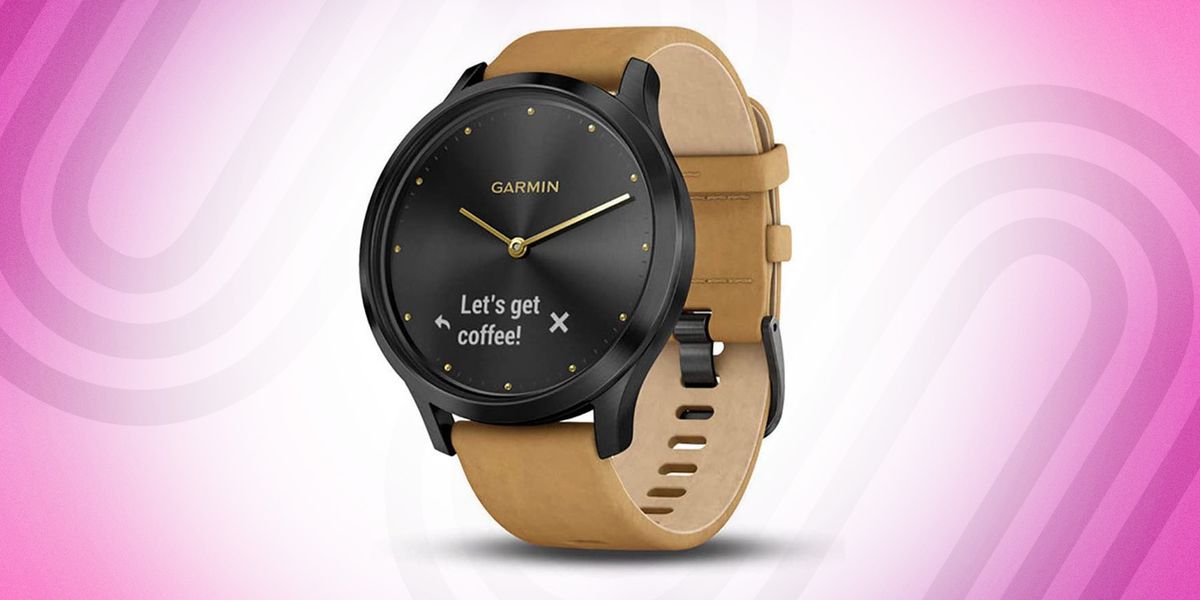RW: What’s the difference between a smart watch and a fitness tracker?
C.G.: Traditionally a fitness tracker has consisted of a band that measures your steps and other health stats, while a smart watch has tracked your fitness while also providing social notifications, calendar reminders, and other app-connected features. However, recently the line has started to blur and “fitness trackers” have taken on more watch-like appearances and functions. I included both here as a nod to the significant overlap—if you’re looking for the most traditional fitness tracker experience, check out the Fitbit Inspire 2.
RW: What’s the difference between built-in and connected GPS?
C.G.: Built-in GPS means you can track your pace and distance with great accuracy directly from your tracker or watch without having your phone with you while you’re running, cycling, or swimming. Connected GPS means you can track through the tracker or watch only while it’s synced with a nearby phone. Having experienced both, I would recommend built-in GPS if you have any plans to use the GPS functionality of your tracker—however, it’s also worth noting that on-board GPS will generally add to the size and cost of the device.
RW: What does “water-resistance up to 50 meters” mean?
C.G.: Technically this means the watch or tracker can withstand five bars of pressure, or 50 meters of water pressure. However, more practically speaking, this just means the watch can handle swimming in the pool or taking a shower. It’s not even recommended that you dive into a body of water with a tracker of this resistance rating due to the pressure of entering the water—and it’s certainly not safe to scuba down 50 meters deep with one.

